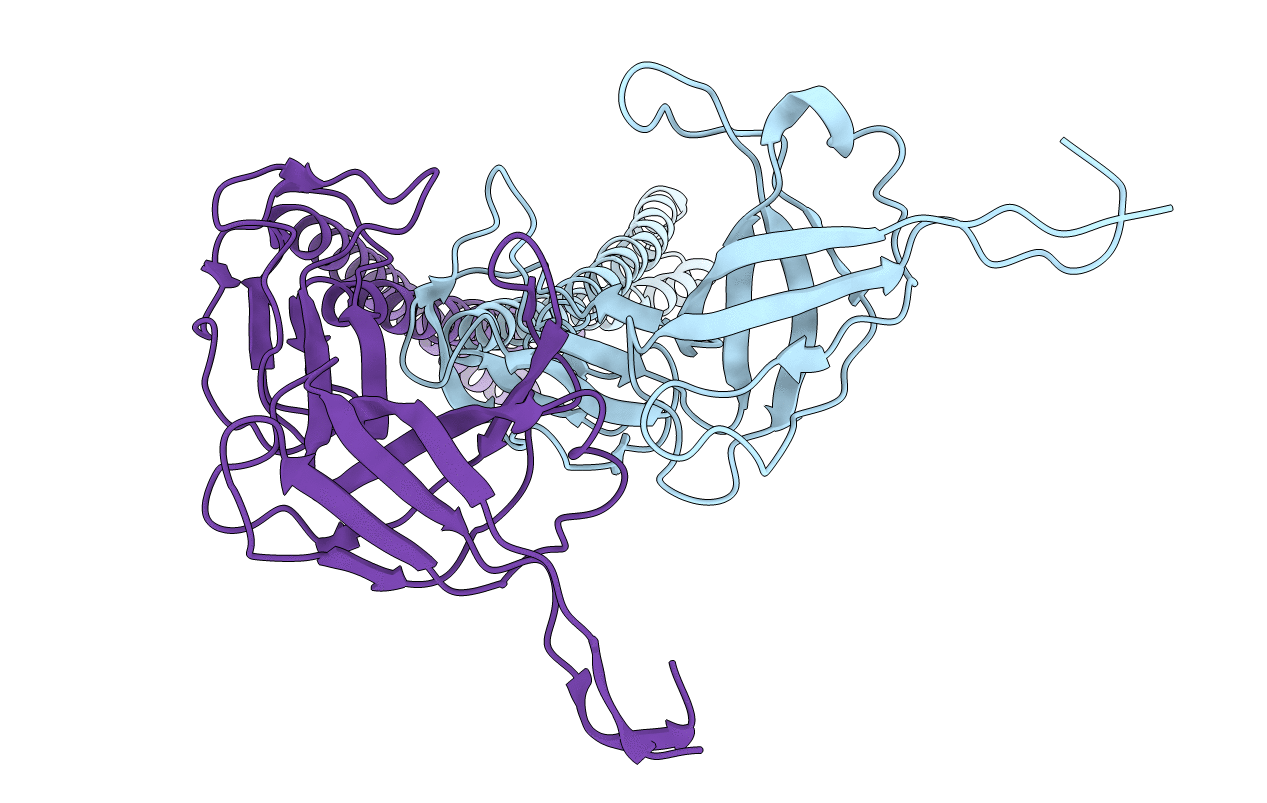
Deposition Date
2009-01-06
Release Date
2009-04-28
Last Version Date
2024-04-03
Method Details:
Experimental Method:
Resolution:
2.99 Å
R-Value Free:
0.34
R-Value Work:
0.28
R-Value Observed:
0.28
Space Group:
P 3 2 1


